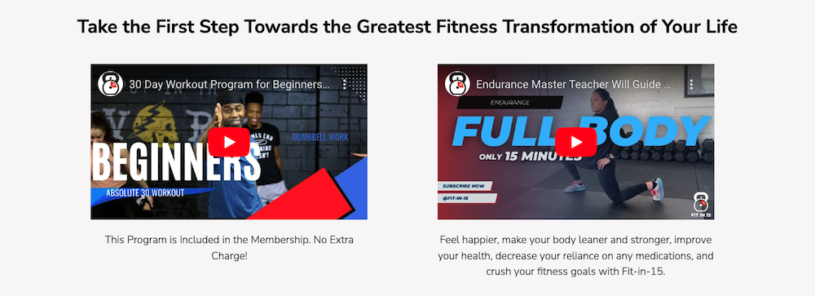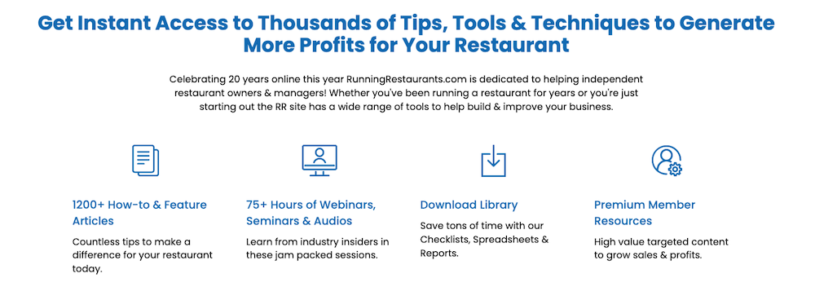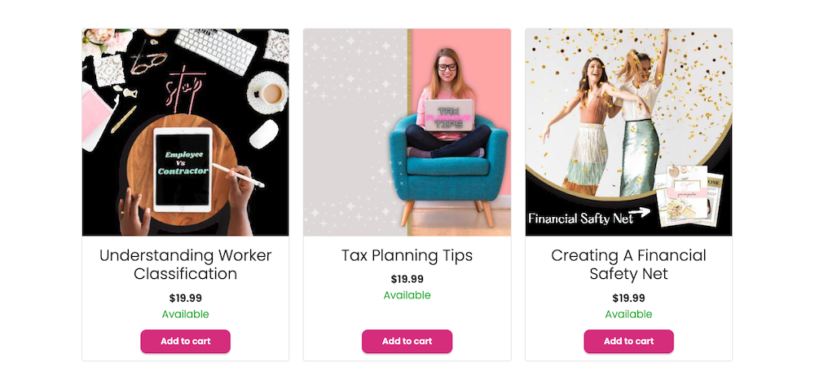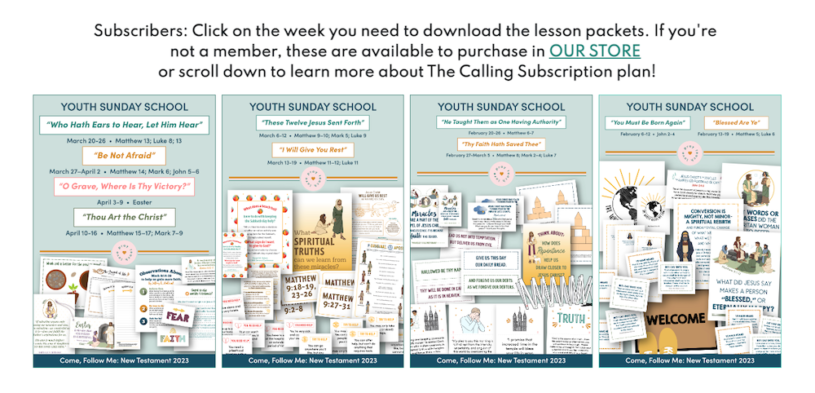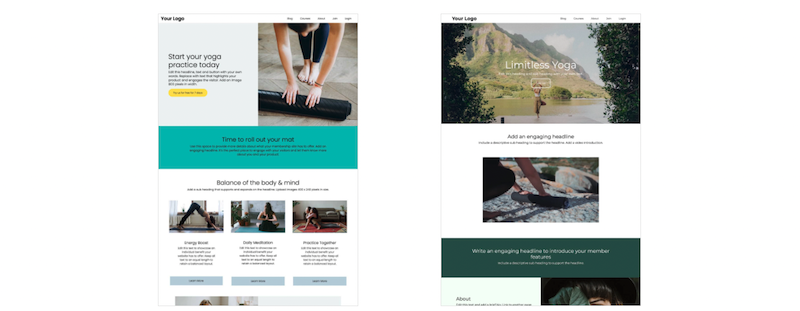
If you're an expert in your field, creating digital products offers a great opportunity to share your knowledge and generate passive income. The appeal of digital products lies in their scalability, low overhead costs and the global reach of online markets.
However, with so many products available, how can you ensure yours stands out and sells? The key to success is effectively transforming your idea into a product that resonates with your target audience. This article provides essential steps and best practices for packaging your skills into irresistible digital products.
1. Identify your niche expertise
Start by reflecting on your niche skills, experience and perspective. Identify the knowledge you possess that others would find valuable and consider the specific problems you can help people solve. Brainstorm potential topics and angles that highlight your expertise, focusing on areas where you can provide significant insights or solutions. Consider the questions and issues your audience frequently encounters and how your skills can address these needs effectively. This process will help you generate ideas that showcase your strengths and resonate with your target audience.
CASE STUDY: Adam Block, an accomplished astrophotographer, provides instructional resources for both novice and experienced photographers eager to capture the wonders of the night sky. He leveraged his extensive knowledge to create video tutorials where he shares his expertise using many specialised astronomical image processing programs.
2. Research your target audience
Before creating your product, ensure there's a demand for it. Research your target audience to understand their needs, challenges and buying behavior. Look for gaps in the market where your product can provide a unique solution. Analyze the competition to determine how your product can stand out. By validating your product idea, you increase the chances of creating something that truly resonates with and meets the needs of your potential customers.
3. Choose the correct format
Digital products come in a wide array of formats, encompassing e-books, online courses, templates, PDFs and more. When deciding which format to create, it's crucial to take into account both your audience's preferences and your personal strengths. For example, if you have a talent for writing, crafting an e-book may be the most impactful choice. Additionally, consider combining formats to cater to different learning styles and enhance the overall value of your offering. For instance, pairing an e-book with instructional videos to create a comprehensive online course can provide a richer experience for your audience.
Popular types of digital products you can consider:
- E-books: Informational or fictional books in digital format, easily downloadable and accessible on various devices.
- Online Courses: Comprehensive educational content on a particular subject, often featuring video lectures, quizzes, and assignments.
- Templates and Themes: Pre-designed website themes, presentation templates and other customizable assets for digital projects.
- Printables: Downloadable and printable planners, calendars, worksheets and other organizational tools.
- Webinars and Workshops: Live or recorded sessions providing in-depth knowledge and interactive learning experiences.
Create engaging content
Once you've selected your format, it's time to dive into the creation of your product. Prioritise delivering actionable, engaging content that effectively addresses a specific problem faced by your audience. Incorporate a variety of elements such as case studies, worksheets, videos and visuals to enhance the digestibility of your product.
Case studies can provide real-world examples that illustrate your points, while worksheets can offer hands-on practice to reinforce learning. Visuals, such as infographics and diagrams, can break down complex information and make it easier to understand. Incorporating videos into your digital product can enhance engagement and comprehension. By catering to diverse learning preferences, you ensure that your product is not only informative but user-friendly.
Design an attractive package
Your product's packaging can be as important as the content itself. Invest in professional design for your e-book cover, course graphics or software interface to make a strong first impression. Craft a compelling title and description that clearly communicate the benefits of your product, ensuring it captures attention and highlights its value effectively.
Free, user-friendly design tool for creating content:
Canva is a free-to-use online graphic design tool. It offers a wide range of templates and editing tools for creating graphics, videos, e-books and PDFs. It allows for easy customization with drag-and-drop functionality.

Price for perceived value
When pricing your digital product, focus on the perceived value it offers to your customers. Avoid undercharging just because it's digital; instead, price it based on the transformation or results it delivers. Assess the benefits and outcomes your product provides and align your pricing with these factors to reflect its true worth. Consider implementing tiered pricing or bundled packages to cater to different segments of your audience, providing options for various budget levels. By carefully evaluating these aspects, you can set a price that accurately reflects the value of your digital product and maximizes your revenue potential.
CASE STUDY: LovePrayTeach uses their knowledge to sell downloadable and printable lesson handouts for Sunday school and home gospel teaching. They sell their digital downloads as individual products but also offer subscription packages for unlimited downloads.
Launch and promote your product
Once your product is ready, it's time to introduce it to your target audience. Leverage your existing platforms, such as your email list, social media channels, blog and website, to announce and promote your digital product launch. Craft compelling messages and visuals to capture attention and highlight the value of your product. Additionally, consider partnering with affiliates who can help spread the word to their own audiences, amplifying your reach. Running targeted paid advertising campaigns on platforms like Google Ads, Facebook, or Instagram can further extend your reach and attract potential customers who might not yet be familiar with your brand. Utilise a combination of organic and paid strategies to ensure a comprehensive approach to successfully getting your product into the hands of those who need it.
Gather feedback and iterate
After your initial launch, gather feedback from your customers to identify areas for improvement. Use this insights to update and enhance your digital product over time. You can also use customer testimonials, case studies and social proof to improve your marketing. Creating digital products is a powerful way to monetize your expertise and make a bigger impact. By focusing on your unique skills, understanding your audience and delivering exceptional value, you can create products that practically sell themselves.



